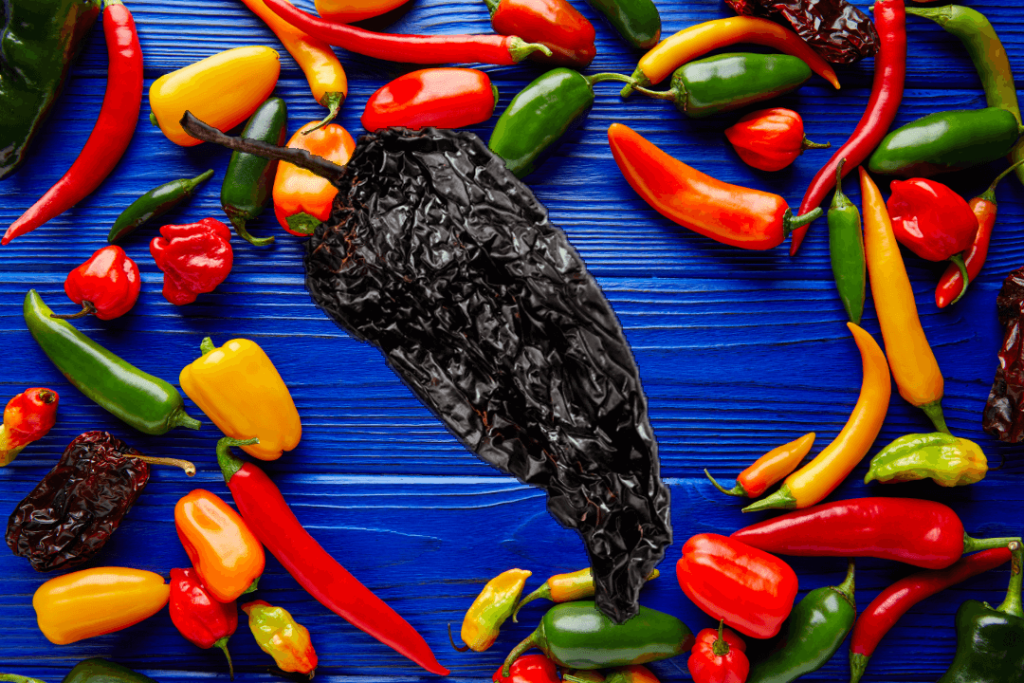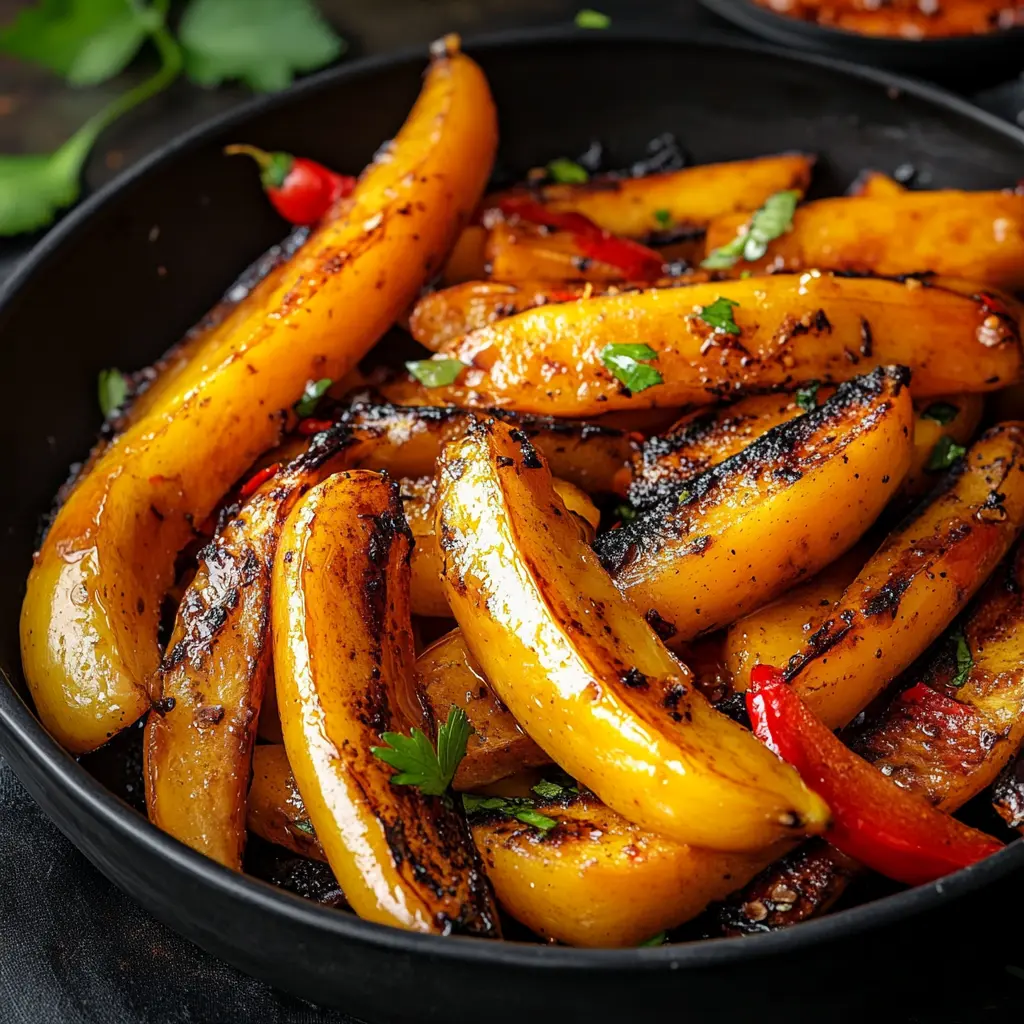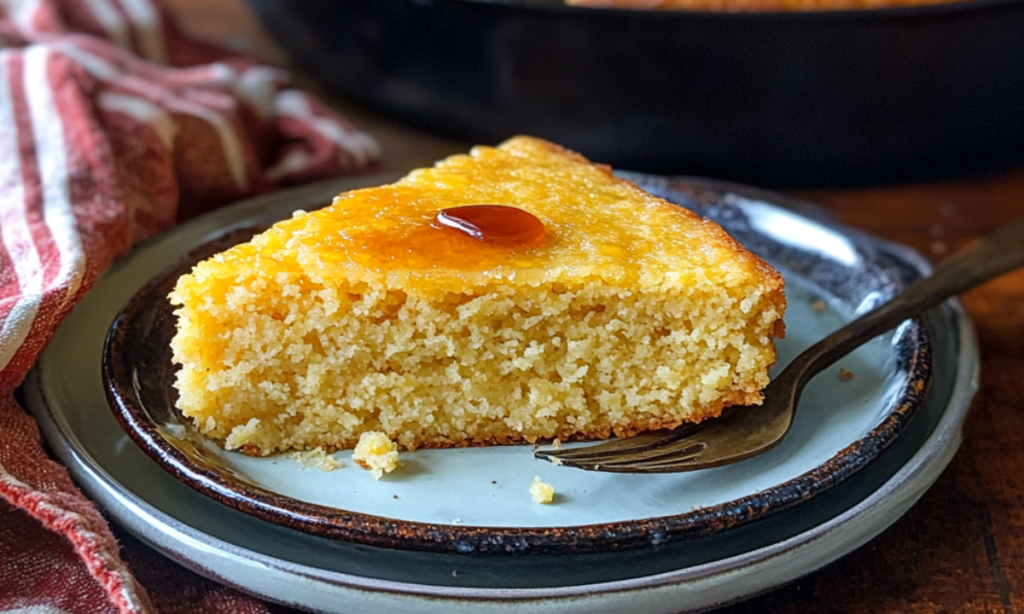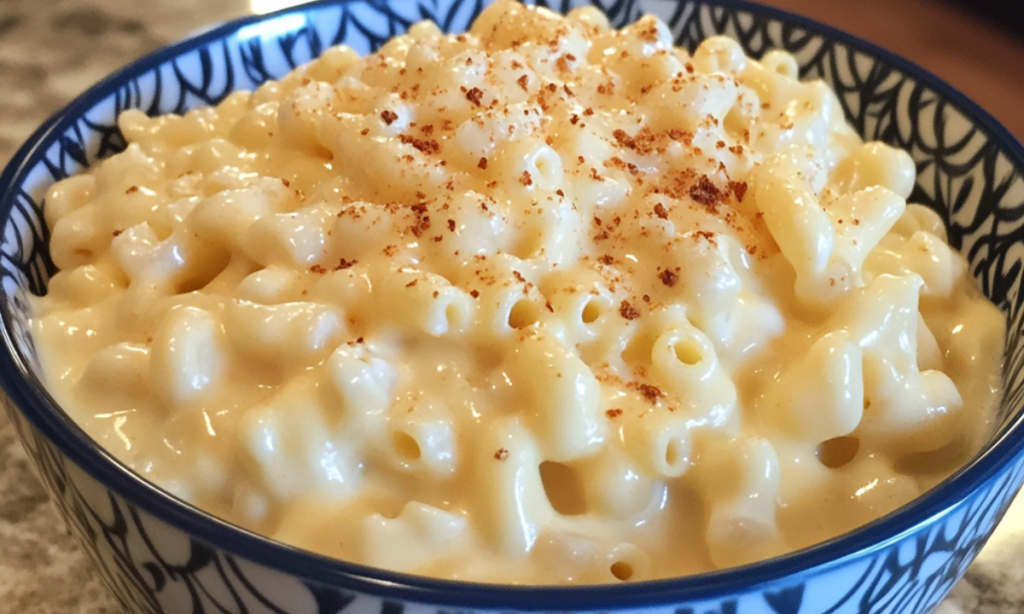Introduction
When it comes to cooking, the use of poblano peppers adds a distinct flavor and mild heat that enhances a variety of dishes. However, there are times when you might find yourself in need of a Poblano Pepper Substitutes or Chili Pepper Substitutes. Whether it’s due to availability issues, personal taste preferences, or dietary restrictions, finding the right Poblano Alternatives is crucial for maintaining the integrity of your dishes.
This guide delves into the world of poblano Pepper Substitutes, offering insights and options for Poblano Pepper Replacements that can seamlessly fit into your recipes. From understanding the nuances of Cooking with Poblano Equivalents to exploring a range of Poblano Pepper Alternatives, we aim to equip you with the knowledge to make informed choices in your culinary endeavors.
Whether, you’re an experienced chef or a home cook, these alternative options, or poblano Pepper Substitutes, will ensure that your dishes continue to delight the palate, even in the absence of the original poblano pepper.
Understanding Poblano Peppers
Poblano peppers are a unique and versatile ingredient in the culinary world, originating from the Puebla state of Mexico. These peppers are famous for their perfect balance of flavor and heat, making them a popular choice in various dishes. Here’s an in-depth look at poblano peppers:
Key Characteristics of Poblano Peppers
These peppers are dark green, large, and have a mild heat level. They are often roasted to enhance their flavor, which can be described as slightly sweet with a hint of smokiness.
Origin and History:
Poblano peppers have deep roots in Mexican cuisine. They were first cultivated in the Puebla region of Mexico, which is how they got their name. These peppers are an integral part of Mexican gastronomy and have been used in traditional dishes for centuries.
Physical Characteristics:
Poblano peppers are known for their dark green color, which turns a deep red when ripe. They have a heart-shaped appearance and are typically about 4 to 5 inches long and 2 to 3 inches wide. Their skin is smooth and shiny, with a firm texture.
Flavor Profile:
One of the most appealing aspects of poblano peppers is their flavor. They offer a mild heat level, usually scoring between 1,000 to 2,000 on the Scoville Heat Scale, which measures the spiciness of chili peppers. This makes them milder than jalapeño peppers. Poblanos have a slightly smoky and somewhat sweet taste, which is enhanced when they are roasted.
Culinary Uses:
Poblano peppers are incredibly versatile in cooking. They can be used fresh in salads and salsas or cooked in a variety of dishes. Roasting poblanos brings out their flavor and makes their skin easier to peel, which is preferred for certain recipes. They are widely used in Mexican dishes such as chiles rellenos (stuffed peppers), mole sauces, and rajas (sliced peppers).
Nutritional Value:
Poblano peppers are not only flavorful but also offer nutritional benefits. They are low in calories and contain vitamins A and C, along with other beneficial nutrients. The capsaicin in poblanos, which gives them their mild heat, has been linked to various health benefits like pain relief and improved heart health.
Cultural Significance:
Beyond their culinary use, poblano peppers hold cultural significance, especially in Mexican cuisine. They are a part of traditional celebrations and are a symbol of Mexican heritage and gastronomy.
Reasons to Use a Poblano Pepper Substitute.
Poblano peppers, known for their mild heat and versatile flavor, are a staple in many cuisines. However, there are various reasons why you might consider substituting them in a recipe. Whether it’s due to availability, dietary preferences, or simply seeking a different flavor profile, understanding the alternatives can enhance your cooking experience.
1. Availability and Accessibility
- In some regions, poblano peppers may not be readily available. This scarcity necessitates finding suitable substitutes that can replicate their unique taste and texture.
2. Adjusting Spice Levels
- While poblanos are relatively mild, some may seek either a milder or spicier alternative. Adjusting the heat level to suit personal preferences or dietary needs is a common reason for substitution.
3. Dietary Restrictions
- Individuals with specific dietary restrictions or allergies may need to avoid poblano peppers. Finding a non-allergenic alternative that doesn’t compromise on flavor is essential.
4. Experimenting with Different Flavors
- Culinary experimentation often involves trying different ingredients to discover new flavor combinations. Substituting poblano peppers can lead to exciting new tastes and dishes.
5. Texture Variations
- The texture of poblano peppers is distinct but not irreplaceable. Depending on the recipe, a substitute with a similar or contrasting texture might be desired.
6. Nutritional Considerations
- For those mindful of their nutritional intake, substituting poblano peppers with a vegetable that has different nutritional benefits can align better with their dietary goals.
7. Preserving Seasonal Ingredients
- Poblano peppers are seasonal. Substituting them with a more readily available alternative can help in maintaining the sustainability and seasonality of ingredients in your cooking.
How to Choose the Right Substitute
Choosing the right substitute depends on the desired flavor and heat level. Consider the dish’s overall flavor profile and the role of the pepper in it.
Cooking Tips for Poblano peppers Substitutes :
When using substitutes, adjust the cooking time and method to preserve the peppers’ flavor and texture. Roasting or grilling can enhance their taste.
Nutritional Comparison :
Different peppers offer varying levels of vitamins, minerals, and capsaicin, the compound responsible for the heat in peppers. A deeper understanding of these nutritional aspects is essential for making informed choices in your cooking. For more detailed information on the nutritional benefits of different types of peppers, refer to the comprehensive guide on Pepper Nutrition Facts.
Impact on Flavor and Texture :
The choice of substitute significantly affects the flavor and texture of the dish. While some peppers offer a sweet note, others might introduce a more pronounced heat or a distinct texture.
Poblano Pepper Recipes with Substitutes :
Experimenting with substitutes in traditional poblano pepper recipes can yield exciting and flavorful results. Here, we’ll explore how to adapt classic recipes using different substitutes while maintaining the essence of the original dish.
Adapting Recipes for Substitutes
Adapting recipes requires careful consideration of the substitute’s flavor profile, heat level, and cooking properties. It’s about striking a balance between respecting the original recipe and embracing the unique characteristics of the substitute.
Essential FAQs on Choosing and Using Poblano Pepper Substitutes in Your Cooking
- What are the best substitutes for poblano peppers in recipes?
- The best substitutes for poblano peppers include Anaheim peppers for a similar heat level and size, bell peppers for a no-heat option, jalapeño peppers for a spicier kick, serrano peppers for a hotter alternative, and pasilla peppers for a similar earthy flavor.
- Can bell peppers effectively replace poblanos in dishes?
- of course, bell peppers can replace poblanos, especially for those who prefer a milder, heat-free flavor. They are great in dishes where the pepper’s structure is important, like in stuffed recipes.
- Are poblano peppers hotter than jalapeño peppers?
- No, poblano peppers are generally milder than jalapeño peppers. Poblanos typically range from 1,000 to 2,000 on the Scoville Heat Scale, whereas jalapeños range from 2,500 to 8,000.
- What is the best way to cook with poblano substitutes?
- The best way to cook with poblano substitutes depends on the substitute chosen. For example, Anaheim and bell peppers can be roasted to enhance flavor, while jalapeños and serranos are great for adding heat to salsas and sauces.
- Do poblano pepper substitutes offer the same nutritional benefits?
- While different peppers have varying levels of nutrients, most substitutes like bell and Anaheim peppers offer similar benefits, such as being low in calories and rich in vitamins A and C.
- How do I adjust recipes when using a poblano pepper substitute?
- Adjusting recipes involves considering the substitute’s heat level and flavor. For milder peppers like bell peppers, you may want to add less, and for hotter peppers like serranos, use smaller quantities or adjust to taste.
Conclusion
In conclusion, understanding and utilizing poblano pepper substitutes can greatly enhance your culinary experiences. Whether you’re adapting a recipe due to availability issues, dietary preferences, or simply seeking to experiment with new flavors, there are several suitable substitutes that can fit the bill. From the mild and sweet Anaheim and bell peppers to the spicier jalapeño and serrano peppers, each substitute offers its own unique taste and heat level, catering to a range of palates and dishes.
It’s important to remember that while substitutes can closely mimic the flavor and heat of poblano peppers, they each bring their own distinctive qualities to a dish.
Therefore, when using these alternatives, consider the specific characteristics they offer in terms of flavor, heat, and nutritional value. Adjusting the quantity and cooking method based on the substitute chosen is key to achieving the desired outcome in your recipes.
Whether you are a seasoned chef or a home cook, the world of poblano pepper substitutes is an exciting culinary adventure waiting to be explored. So, the next time you find yourself without poblanos, feel confident in trying out these alternatives and enjoy the delicious journey they take you on!














